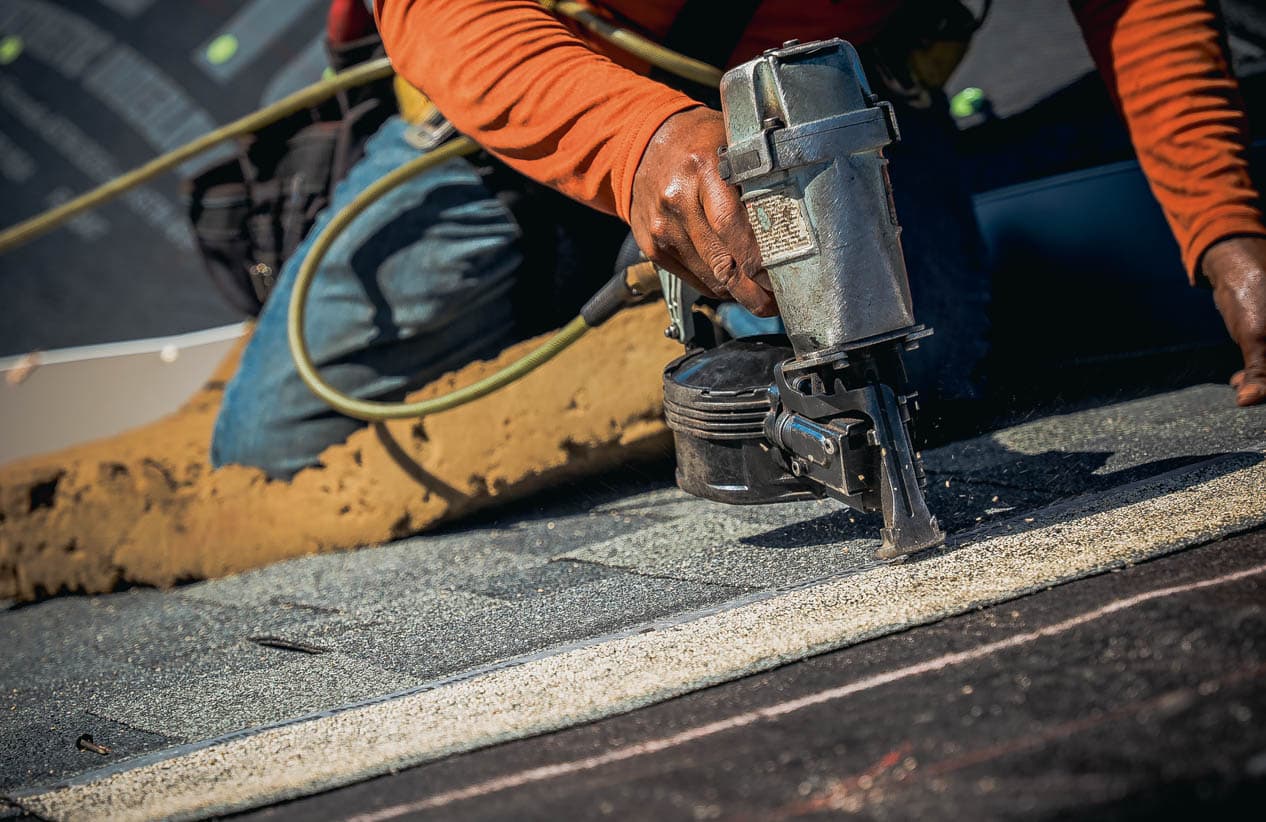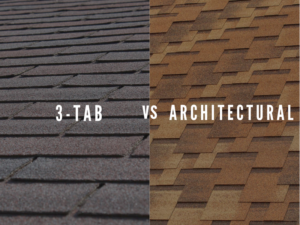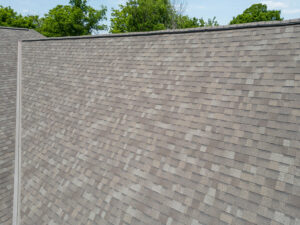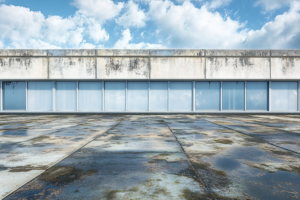What to Consider Before Installing a New Roof and How Much Roof Cost
The roof of your home is one of the most important components, so when it’s time to replace or repair a major issue, you want to make sure you’re making the best decision—one that won’t break the bank. Whether you need an entirely new install or minor repairs made, learning more about what goes into roof cost and knowing what steps are necessary before installing one can help ensure good quality workmanship at a fair price. In this post, we will explore the key factors that influence cost and provide detailed information about roofs in general.
Assessing Your Roof’s Condition
As a homeowner, ensuring the integrity of your roof should be a top priority. While some damages may be obvious, it’s important to keep an eye out for signs of wear and tear that may not be as apparent. One such sign could be the age of your roof. Different roofing materials can have varying life expectancies, so it’s important to know when it’s time to replace it. Additionally, inclement weather can cause significant damage to your roof, such as missing shingles or cracks. These issues may not seem like a big deal at first, but they can lead to bigger problems if left unresolved. Regularly assessing your roof’s condition can save you time and money in the long run.

Common Roofing Materials and Their Cost
When it comes to selecting the perfect roofing materials, homeowners have an array of options to consider. Four of the most common materials include asphalt shingles, metal roofs, wood shingles, and slate tiles. Each material has its distinct advantages and disadvantages and can range significantly in cost. Asphalt shingles are a popular choice because they are affordable and easy to install, making them an ideal choice for those on a budget. Metal roofs, on the other hand, are more expensive upfront but have a longer lifespan and require less maintenance. Wood shingles offer a classic, rustic aesthetic but require regular maintenance to prevent rot and other damage. Finally, slate tiles are exceptionally durable but have a higher initial cost.
Understanding Roof Installation Costs
When it comes to undertaking roof installation, it’s essential to understand the various costs involved. There are three primary costs to consider – labor, building permits, and materials. Labor costs typically account for the largest expense, with roofing professionals charging for their time and expertise. Building permit fees are another cost to factor into your budget, as they are mandatory for any significant roofing work. Lastly, materials can vary widely in cost depending on the type of roofing that you choose. It’s crucial to weigh up these factors when considering roof installation costs and to see a reputable roofing contractor who can provide you with an accurate estimate upfront.
Financing Options for Investment in a New Roof
Investing in a new roof for your home can be a daunting task, especially when it comes to financing options. Thankfully, there are a few routes you can take, each with its set of pros and cons. For homeowners looking for a long-term financing option with potentially lower interest rates, home equity loans might be the way to go. Cash payments, while often not feasible for everyone, can be a great option if you have readily available funds and want to avoid accumulating interest. Credit cards can also be used to finance this type of investment, but it’s important to weigh the interest rates and fees against your budget and financial situation. Ultimately, the best financing option for you will depend on your individual needs and circumstances. It’s worth taking the time to explore each option thoroughly before making a decision.
In conclusion, replacing your roof can be a big expense but is well worth the investment. When deciding to buy a new roof, carefully assess your roof’s condition, consider the benefits of investing in a new roof, research various materials and their costs in relation to the age and structure of your home, find the perfect contractor for the job at hand, and have a good understanding of associated installation costs. Lastly, if you are concerned about financing options for investment in a new roof, think about using a home equity loan, cash payments, or credit cards to cover such an expense. Investing in a new roof can add aesthetic value to your home while helping keep unwanted elements outside where they belong.





